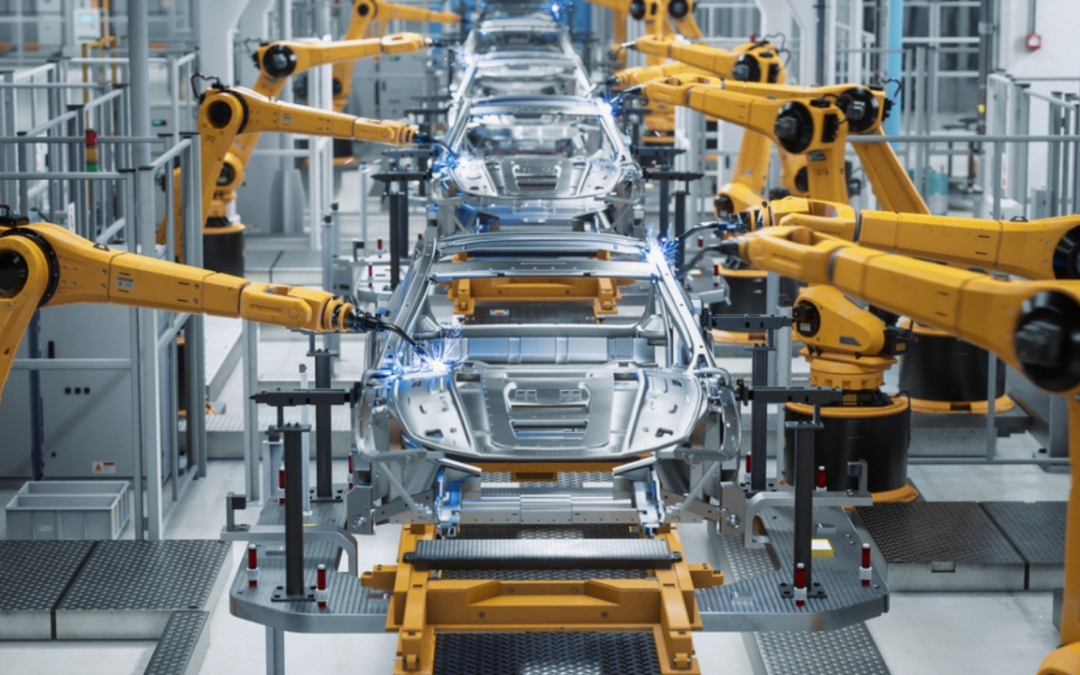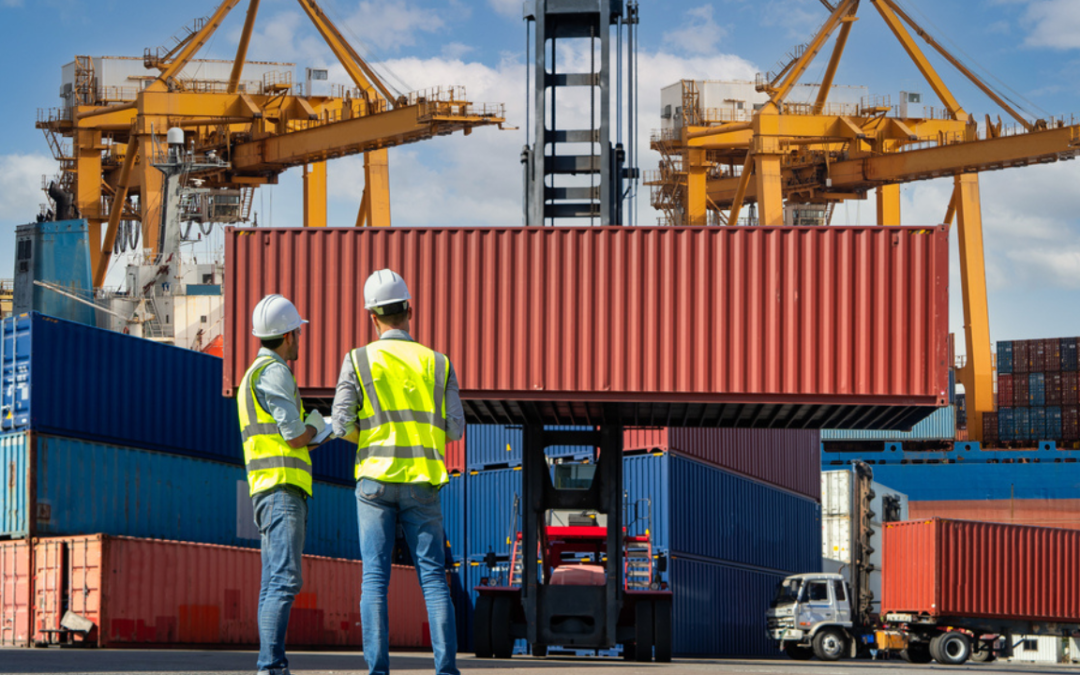“Where to place the piece on the board?” For anyone who has played such games as Monopoly, Risk or Go, they will be very familiar with the dilemma – whether to stay close to home or be adventurous, to link up with other pieces or start something new.
In the commercial world, the choice was quite simple for a decade or more. Move your company’s production to China where possible, either to serve the fast-growing local market or to take advantage of China’s manufacturing prowess. While statistics are not comprehensive, according to the Kellogg Institute about 5 million US manufacturing jobs were offshored between 2001 and 2011, with a third going to China.
A reversal began about a decade ago, largely driven by business and economic dynamics. The initial reasons included cost, especially a doubling of Chinese wages, plus concerns about quality and speed of delivery. The Chinese government’s own policies supported the reversal, including the decision to move its economy away from trade and exports towards services and consumption. It recognized the need to move up the value-added curve, exemplified by ‘Made in China 2025’.
The Reshoring Initiative, a lobby group, estimated that by 2018, 750,000 US factory jobs had been created through foreign investment or reshoring since US manufacturing employment’s low point in 2010, while three to four million remained offshore. Small, perhaps, in the context of a US workforce of about 160 million, but many of these jobs are highly paid, and they are often high profile in terms of their local communities. A survey conducted for Reshoring UK, an industry body, found only 13 per cent of companies had directly re-shored, but 52 per cent had indirectly done so, meaning they had decided to increase capacity at home instead of abroad.
Two new factors will accelerate these recent trends. The first, of course, is the coronavirus. In spring 2020, there was a sudden realization, nay panic, that supplies of key goods, such as pharmaceuticals and medical equipment, could be disrupted far too easily. Related to this is the surge in unemployment, with rates of 10% or higher in many countries by this winter. This will require job creation responses, and taxes may rise less for good corporate citizens.
The next, and most important, is politics. Global trade flows and foreign direct investment decisions will increasingly become politically influenced. Free trade economists will need to refresh their memories of how mercantilist a society can become.
The key issue is the growing tension between the US and China, indeed between China and many G20 economies. Trade barriers and tariffs have been a well-worn feature of the Trump Presidency. Nevertheless, matters are taking a turn for the worse as the list of problem areas extends from soya beans and aircraft through Huawei to Tik Tok and Hong Kong. The future relationship between the USA and China is highly uncertain—geopolitical consultants are dusting off 3000 years of military history for some guidance. However, what we are witnessing is not just traditional White House posturing before November’s Presidential election. There appears to be a consensus between the Pentagon, Wall Street, the Hamptons, Silicon Valley and parts of Main Street that, at the very least, the USA needs to be much more cautious in such areas as medical supplies, rare earths, high tech equipment, AI software and specialist chips. The list is likely to grow rather than narrow. ‘The United States needs to move critical manufacturing away from China to ensure national security and counter Beijing’s economic predations’, as Senator Marsha Blackburn (R-Tenn.) recently said.
Companies can read the writing on the wall. Hon Hai Precision Industry (i.e. Foxconn) said it is gradually adding more capacity outside of China, taking it from 25% last June to 30% today. It plans to move more manufacturing to Southeast Asia and other regions to avoid escalating US tariffs on Chinese made goods. “No matter if it’s India, Southeast Asia or the Americas, there will be a manufacturing ecosystem in each”, adding that while China will still play a key role in Foxconn’s manufacturing empire, its “days as the world’s factory are over”.
Of course, matters will not change overnight. Supply chains are like a super tanker; they take time to turn around. One reason is that in many areas there are no obvious competitors to doing business with China. It still has a multitude of strengths, especially the size and flexibility of its market place and the extent of its engineering prowess. China’s GDP is 3 times larger than the next country, Japan. By 2018, its total trade in goods had reached $4.6 trillion, or 12.4% of global trade. The US was in second place, with 11.5%, followed by Germany at 7.7%. Vietnam is commonly seen as a winner from these trends. Indeed, its exports have doubled since 2016, but total trade of about $0.6tn in 2019 pales in comparison with China.
What are some of the economic outcomes from these trends? On balance, less competition means: (i) higher rather than lower rates of inflation; (ii) more expensive inputs to goods and services; (iii) slower growth in global trade; (iv) less choice for consumers; and (v) greater board, political and (social) media attention on investment decisions.
We may look back on the period from 1950-2010 as a golden era for global trade, driving an acceleration in regional growth across Europe, Asia and especially China. Yet for long periods of economic history, societies have built walls to defend themselves, relying on local suppliers to a domestic marketplace. Today, economic, public health and political factors are driving a similar trend toward self-reliance again, with all that it implies.



